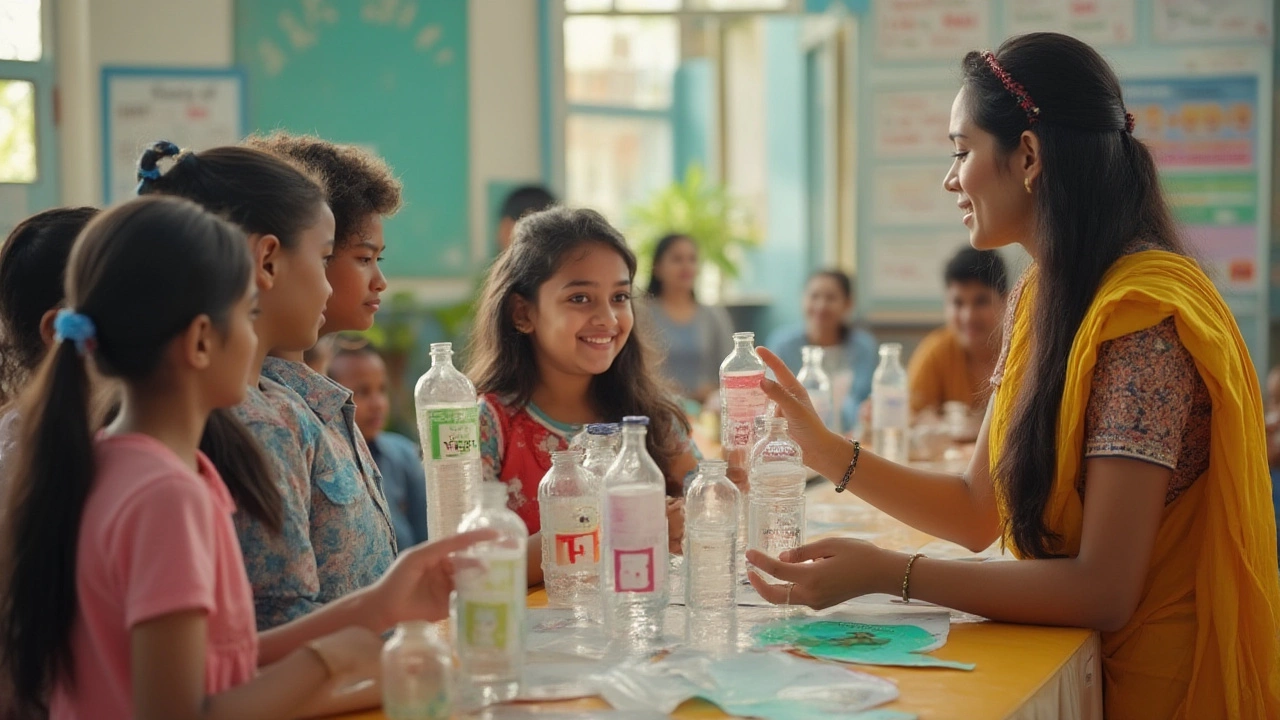Safe Plastics: How to Pick and Handle Them Without Harm
When you hear "plastic," you might think of waste and chemicals. But not all plastics are the same. Some are designed to be low‑toxicity, recyclable, and friendly to food or medical use. Knowing the difference can save your health and the environment.
What Makes a Plastic Safe?
Safety starts with the polymer type. Polypropylene (PP) and high‑density polyethylene (HDPE) are widely used for food containers because they don’t leach harmful substances even when heated. Polyethylene terephthalate (PET) is great for bottles, but re‑using it for hot drinks can release chemicals, so it’s best for single‑use cold liquids.
Look for certification symbols. The "recycle code" inside the triangle tells you the resin. Codes 1, 2, 4, and 5 are generally considered safer for food contact. If you see a “BPA‑free” label on polycarbonate items, that’s a plus, but consider swapping the product for a PP or HDPE alternative.
Manufacturers also follow standards like FDA 21 CFR 175 for food‑grade plastics. When a product cites that compliance, you can trust it won’t leach toxins under normal use.
Practical Tips for Using and Recycling Safe Plastics
Start by inventorying what you already own. Keep the safe plastics in a separate bin and label it "Food‑grade". This prevents accidental mixing with non‑food containers that might contain harmful additives.
When washing, avoid high‑heat dishwasher cycles for plastics not marked "heat‑resistant". Hand‑washing with mild soap and warm water is gentle and extends the life of the container.
To reduce waste, repurpose PP containers as storage for dry goods, hardware, or craft supplies. Their sturdy walls make them ideal for organizing your garage or pantry.
Recycling works best when the material is clean and sorted correctly. Rinse out any residue, then place the item in the appropriate curb‑side bin based on its recycle code. If your local program doesn’t take a certain code, look for drop‑off points at supermarkets or community centers.
Consider buying from companies that prioritize safe, recyclable plastics. The "Best Plastic Companies 2025" list highlights manufacturers that use low‑toxicity resins and provide clear recycling guidelines. Choosing these suppliers supports a greener supply chain.
Finally, stay informed. New research periodically updates which additives are safe. Subscribing to industry newsletters or checking reputable sites keeps you ahead of any changes.
By spotting safe plastics, using them correctly, and recycling them properly, you cut down on health risks and keep plastic out of landfills. Small actions add up – your kitchen drawer can become a model of sustainable plastic use.

What Does the Number 1 on Plastic Really Mean? Safe Uses, Dangers, and Recycling Tips
Find out what plastic number 1 means, why it matters, and how to reuse or recycle PET plastics safely. This guide explains risks, recycling tips, and surprising facts.
Read More